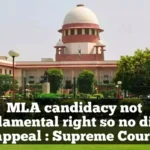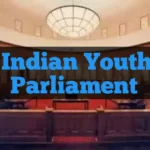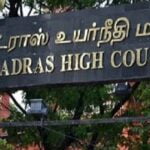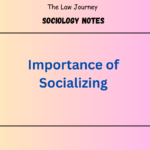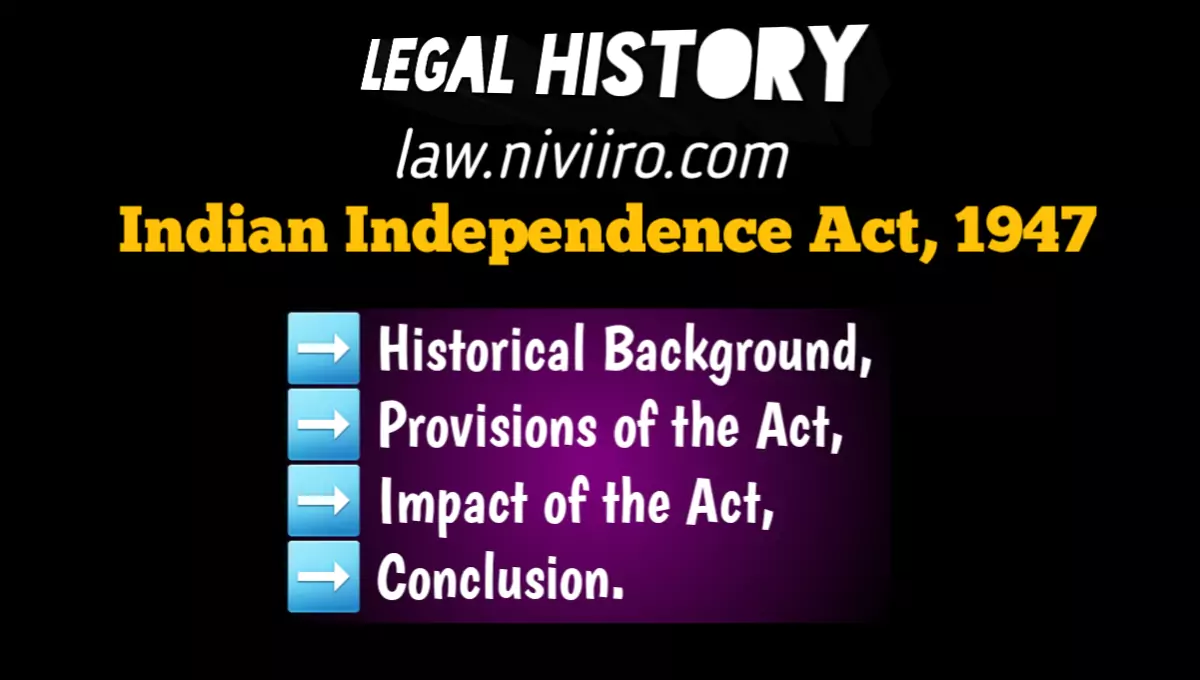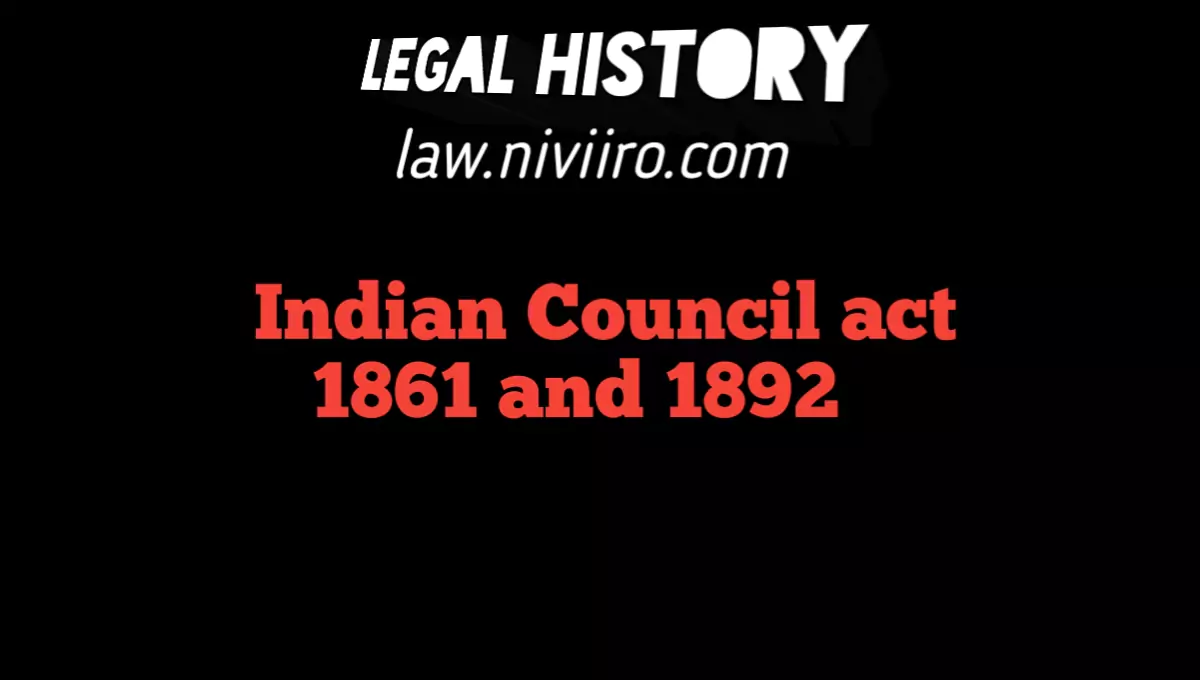The charter of 1726 was issued by king George first on September 24,1726.The charter is known as the judicial charter because its importance in the field of law and Justice. It’s established crowns court in India and for the first time the jurisdiction of king-in-Council was extended to India.
Needs of Charter of 1726
1. Trade commerce and population was increasing in the three Presidency Towns so there was a great need for competent power and authority for the entry of justice.
2. The judicial administration and court functioning in the three Presidency Towns was unsatisfactory.
3. The company wanted to set up a similar corporation in another presidency city like Madras.
4. There was absence of testamentary type jurisdiction.
5. The lack of a proper authority to deal with the indiscipline and serious crime committed by a military man hence the need for a mayor court.
Provision/features of charter of 1726
1. Establishment of corporation.
2. Each presidency was to have a corporation consisting of a mayor and nine aldermen.
3. The mayor was to be elected annually and mayor could hold his office for 1 year.
4. The alderman could reside in the office or presidency city for the rest of his life. He could be removed by the Governor and the Council on just cause. Such expulsion could be appealed to the king in council in England.
Judicial System or Jurisdiction of Charter of 1726
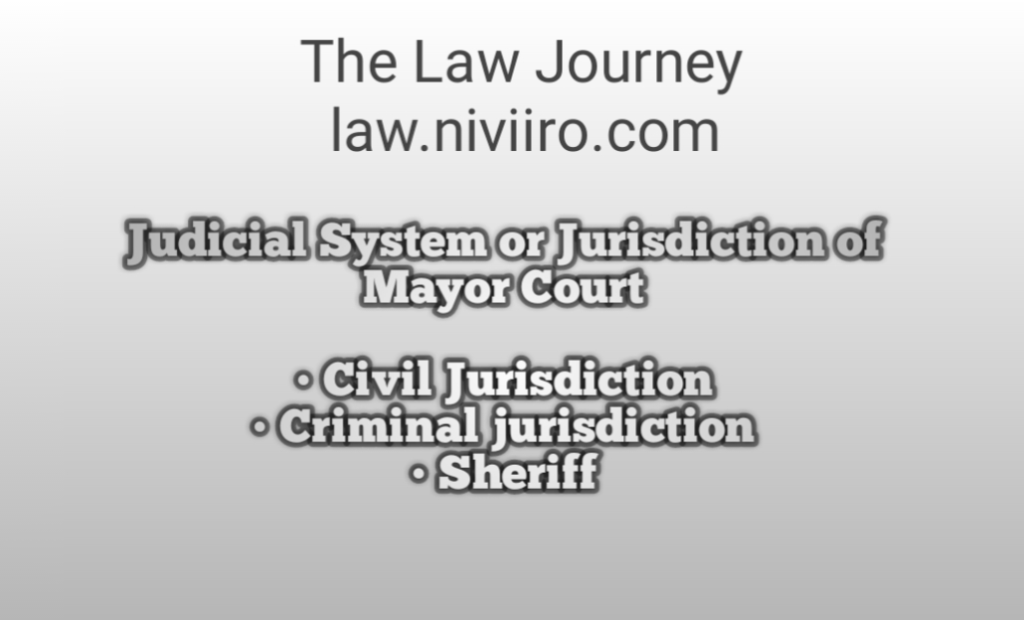
1. Civil Jurisdiction
Each Presidency was to consist of a mayor and nine aldermen, a corporation called the ‘Court of Record’.It was empowered to decide all civil matters within the city of the Presidency.A quorum of three judges was formed with a mayor and an English alderman.The court also exercises testamentary jurisdiction but had no criminal jurisdiction.Appeals were made from the mayor’s court to the governor and council, and appeals from the governor and council to the king-in-council on a case value of more than 1000 pagodas.
2. Criminal jurisdiction
Criminal jurisdiction was vested in the governor and 5 members of the council known as ‘Justices of the Peace’ who acted in some way are ‘justices of the peace’ in England. A justice of the peace could arrest a person accused of committing a crime but only in petty offences. The quarterly sessions were to be heard with the help of a ‘Grand Jury’ consisting of 24 persons and a ‘Petty Jury’ consisting of 12 persons.
Sheriff
The sheriff was an officer of the court who was appointed every year by the governor and the council.Sharif was authorized to arrest and imprison the accused person.
Legislative Power | Charter of 1726
The charter authorized the governor and council of each presidency to make laws, rules and regulations for the good governance of the company. The law made by the governors and the council must be agreed to reason, not contrary to the law and must be effective.
This charter established 3 subordinate legislatures in India for the first time.
Demerits of charter of 1726
1. Conflict between mayor court and governor and Council.
2. Uncertainty of the jurisdiction.
3. Principal of good governance was not followed.
4. Judgement according to English law.
5. Move British dominants.
Difference between charter of 1687 and 1726
1. Charter of 1687 applied to Madras only whereas the charter of 1726 apply to all three presidencies.
2. Charter of 1687 was a compan charter whereas charter of 1726 was a crown charter.
3. Criminal jurisdiction beloyed to the mayor’s court and the admiralty court. Whereas according to Charter 1726.
4. Charter 1687 was a Court of equality and good conscience whereas charter 1726 introduced English law.
5. Recorder was appointed as legal expert in charter of 1687 whereas in charter of 1726 there was no legal expert was appointed.
Related Post
Important Questions
Describe the basic purpose of Mayor’s Court ?
1. Establishment of corporation.
2. It’s established crowns court in India and for the first time the jurisdiction of king-in-Council was extended to India.
Emergence causes of Mayor’s Court ?
e judicial administration and court functioning in the three Presidency Towns was unsatisfactory.
3. The company wanted to set up a similar corporation in another presidency city like Madras.
4. There was absence of testamentary type jurisdiction.
5. The lack of a proper authority to deal with the indiscipline and serious crime committed by a military man hence the need for a mayor court.
Explain the provisions of the Mayor’s Court ?
2. Each presidency was to have a corporation consisting of a mayor and nine aldermen.
3. The mayor was to be elected annually and mayor could hold his office for 1 year.
4. The alderman could reside in the office or presidency city for the rest of his life. He could be removed by the Governor and the Council on just cause. Such expulsion could be appealed to the king in council in England.
Who was the Sheriff ?
The sheriff was an officer of the court who was appointed every year by the governor and the council.Sharif was authorized to arrest and imprison the accused person.
Tell us the demerits of Charter 1726 ?
1. Conflict between mayor court and governor and Council.
2. Uncertainty of the jurisdiction.
3. Principal of good governance was not followed.
4. Judgement according to English law.
5. Move British dominants.
Refrences Book
- M.P. Jain, Outlines of India Legal History
- A.B. Keith, Constitutional History of India
- V.D. Kulshrestha, Landmarks in Indian Legal History
- M. Rama Jois, Legal and Constitutional History of India
- Rankin G.C. Background to Indian Law
- Indian legal and constitutional history by Dr. N. V. Paranjape



